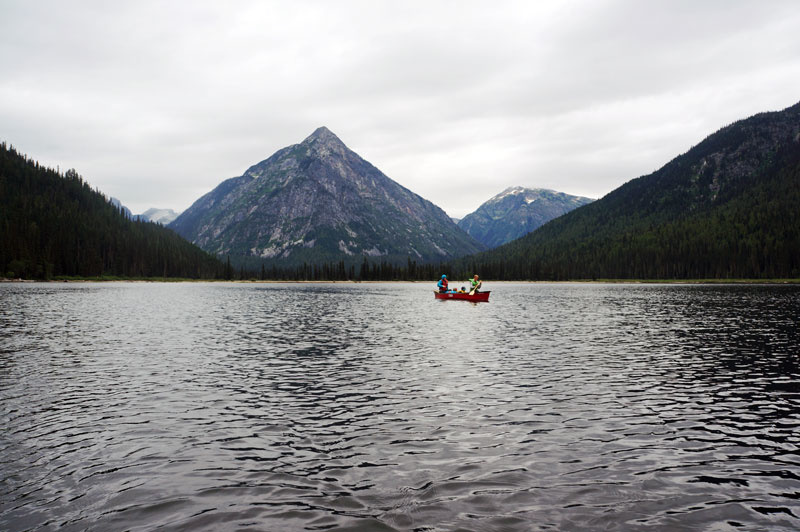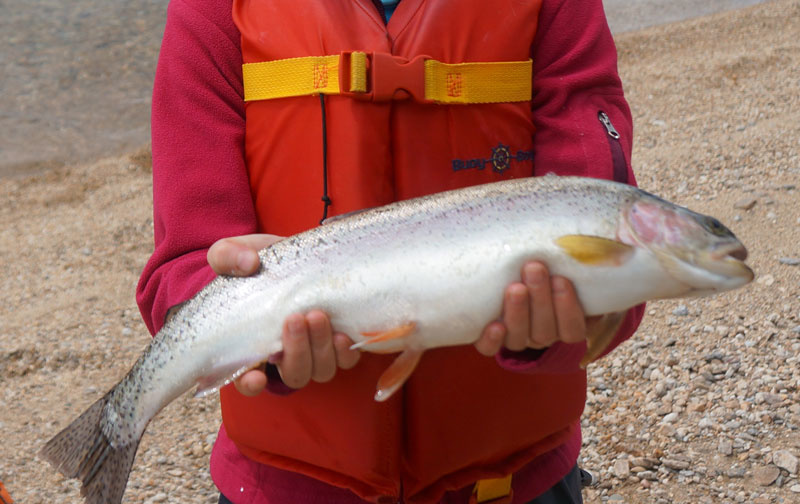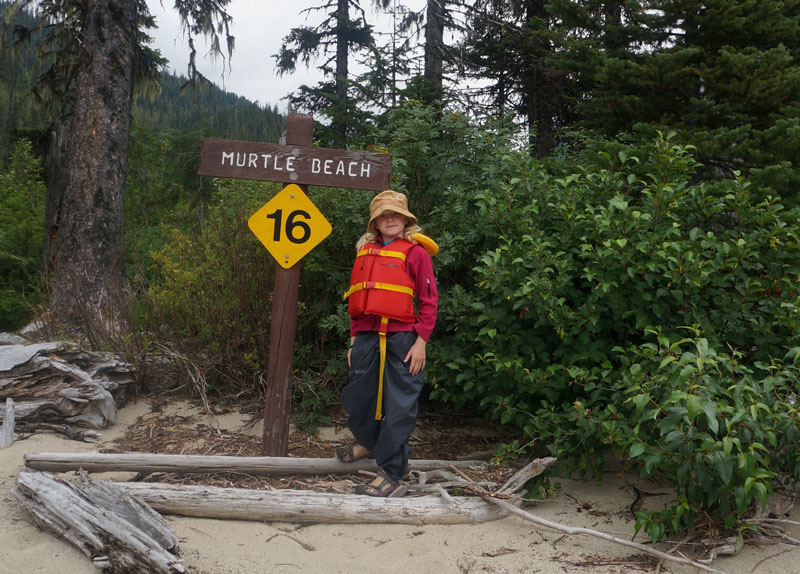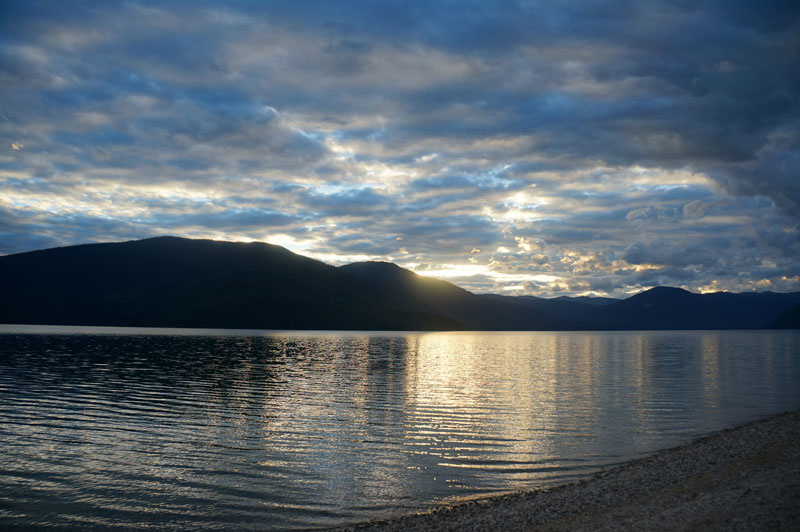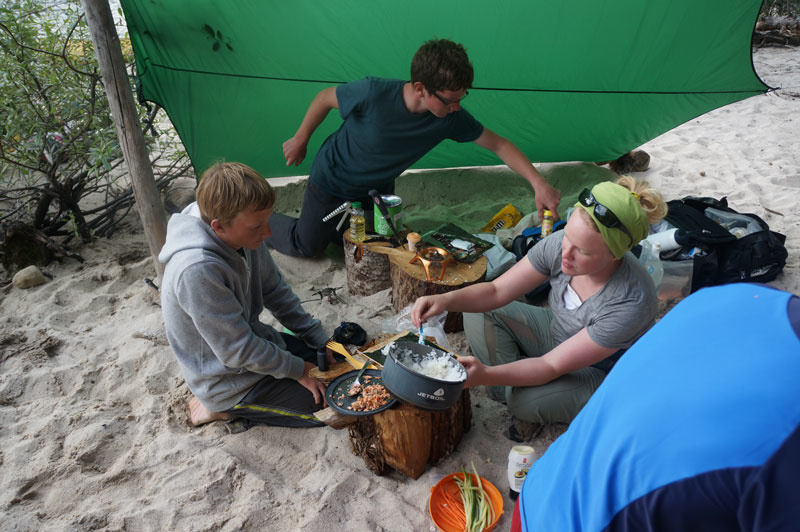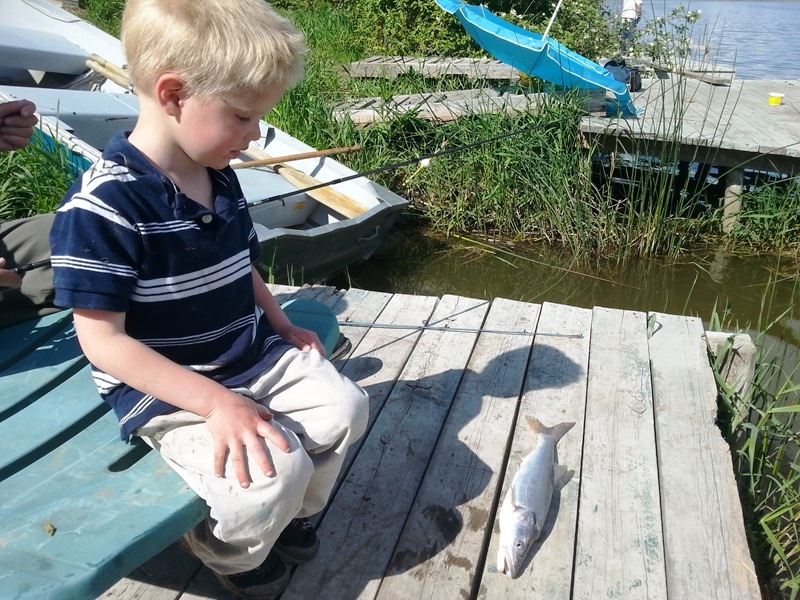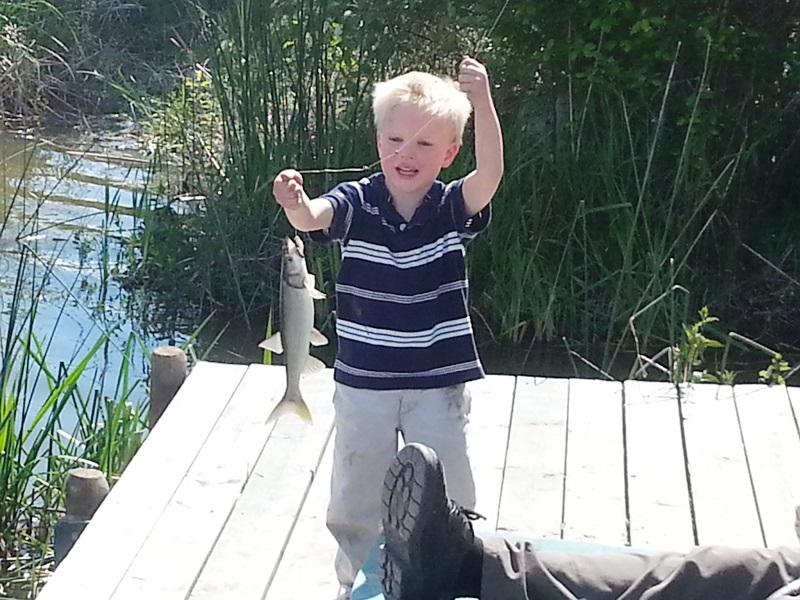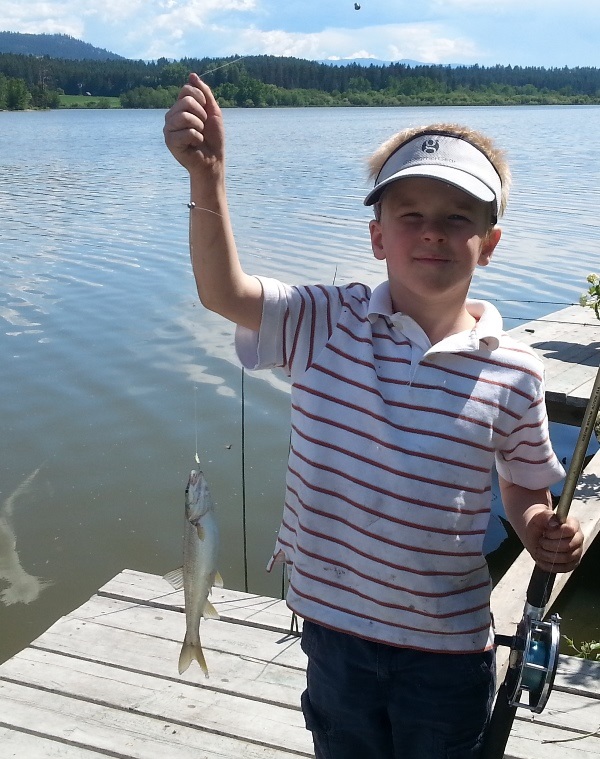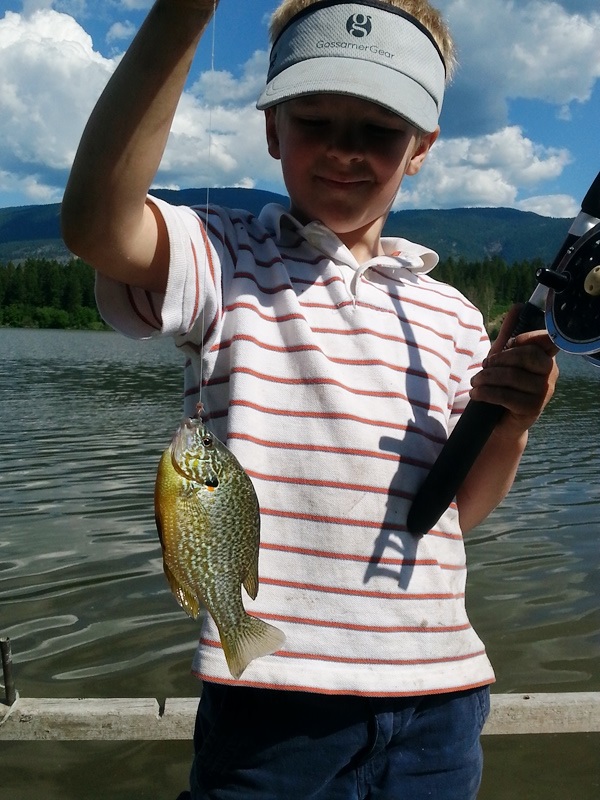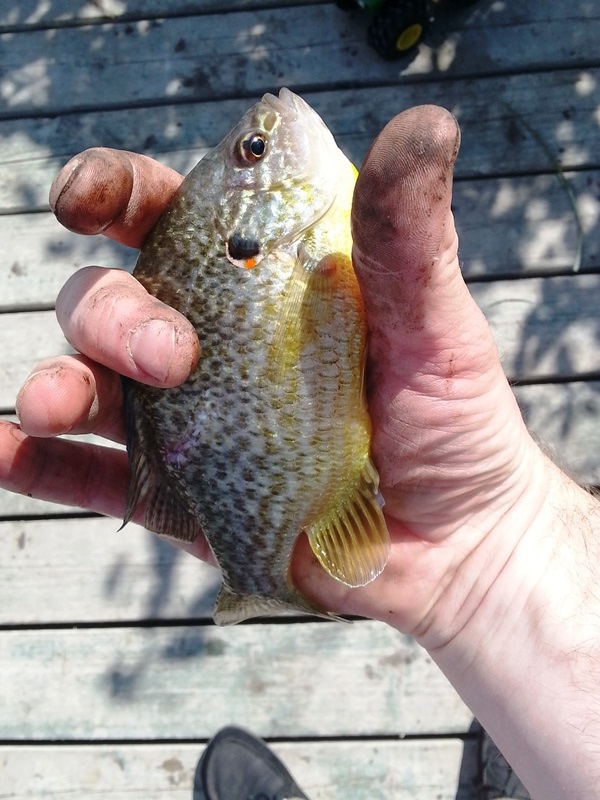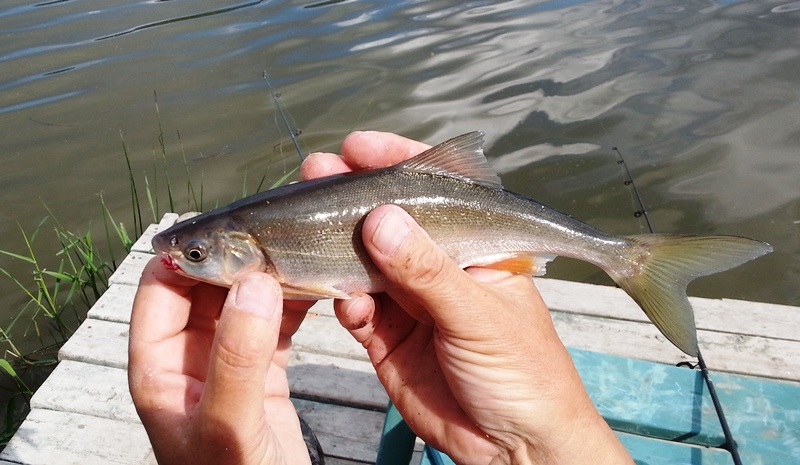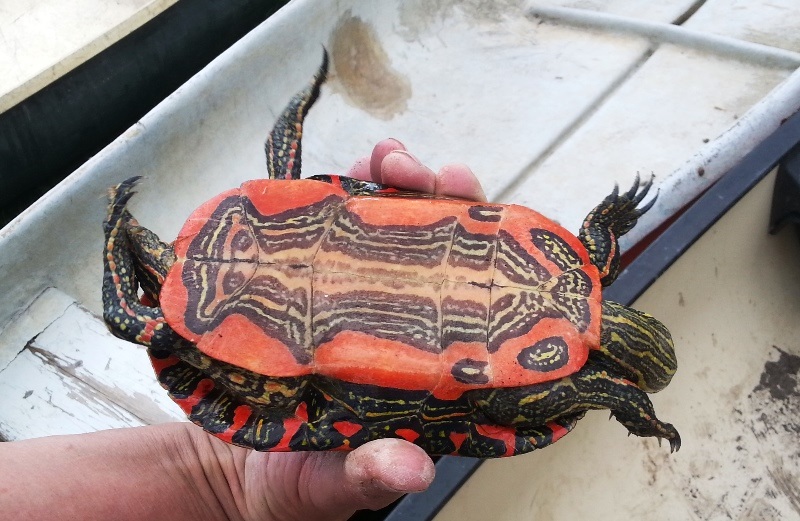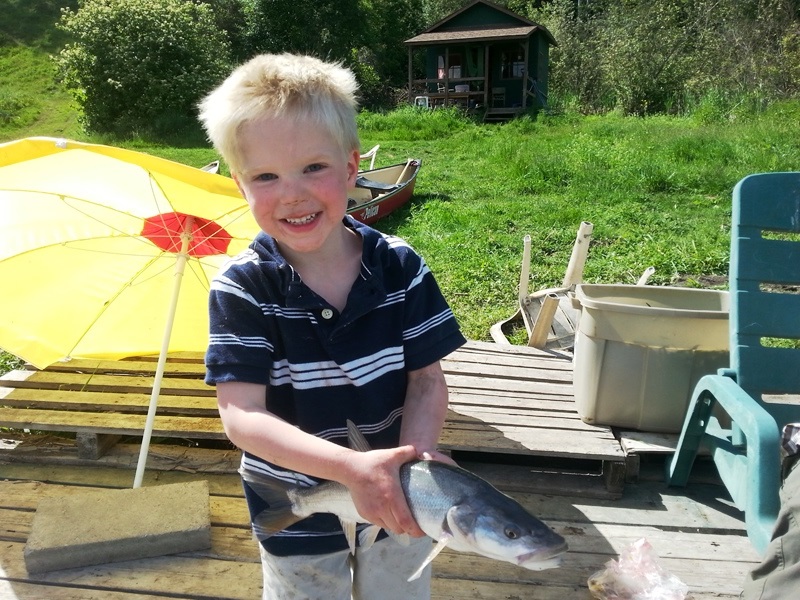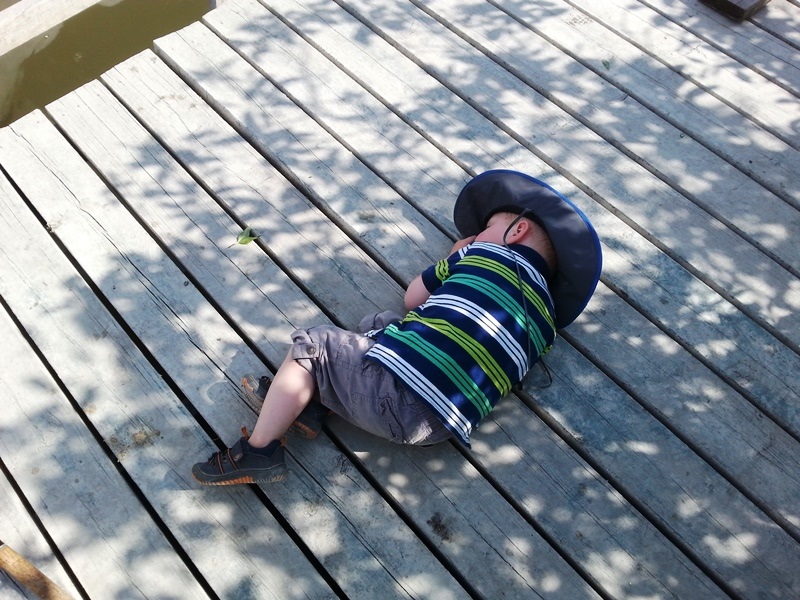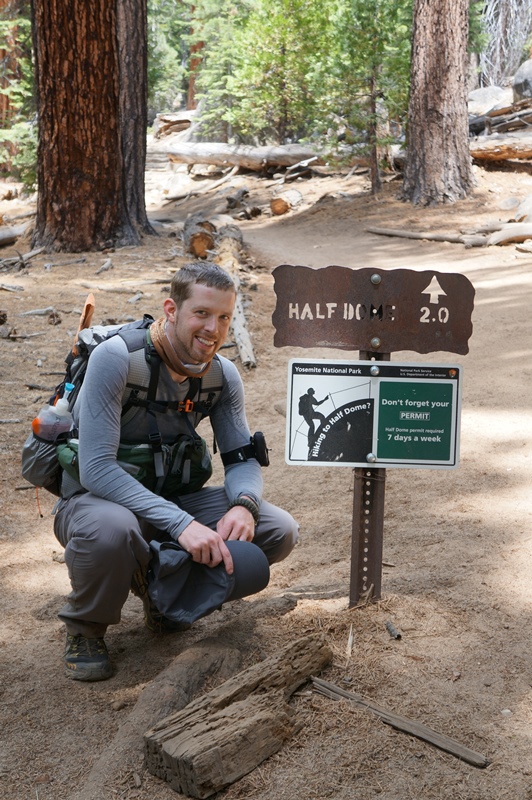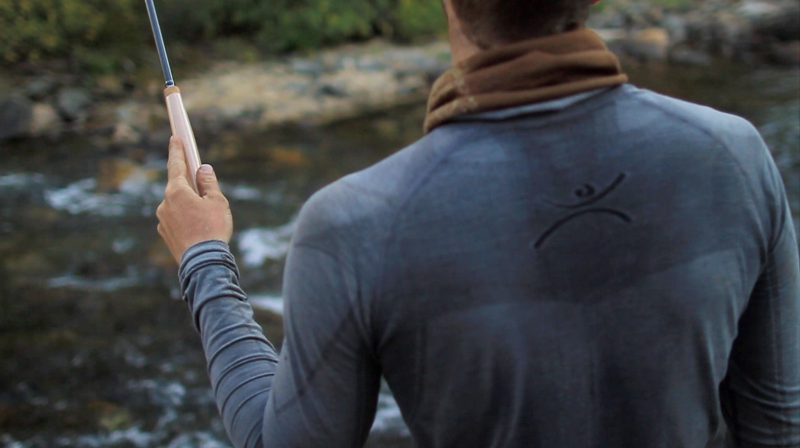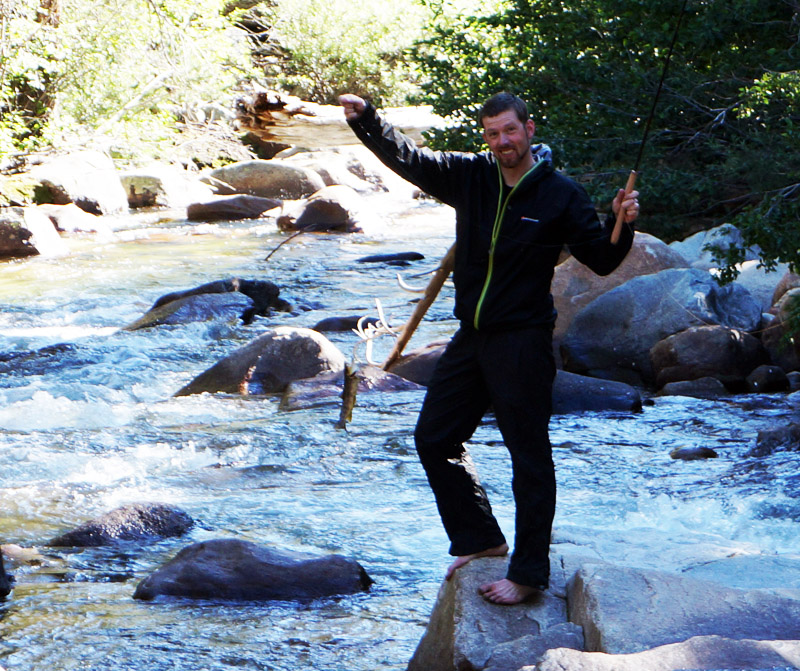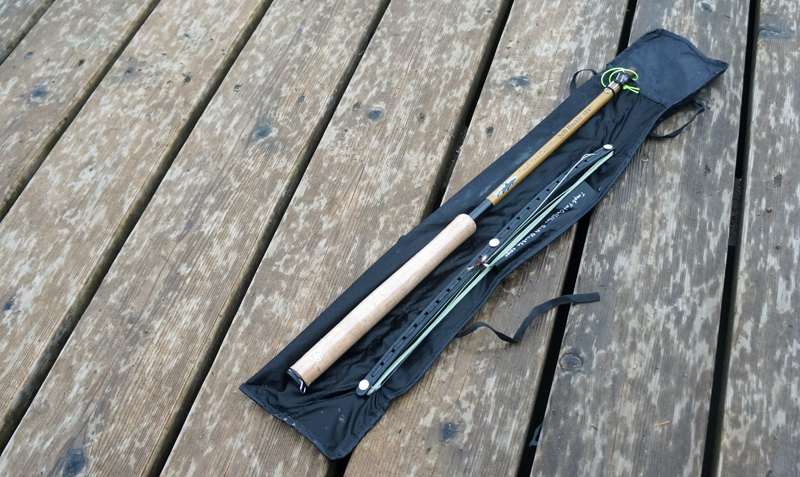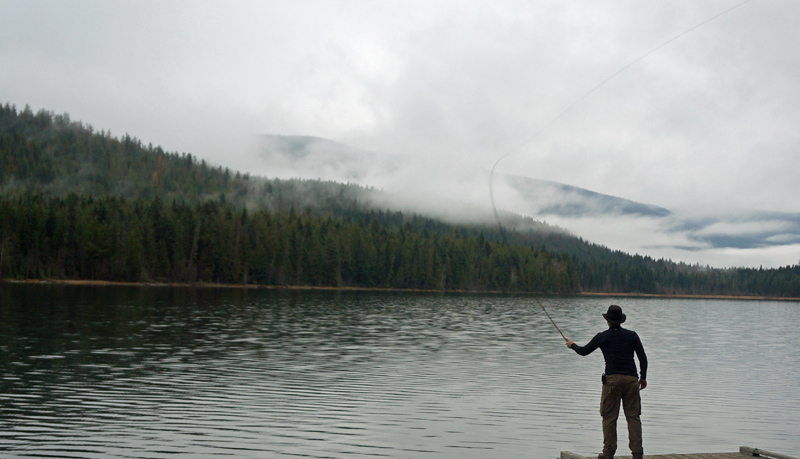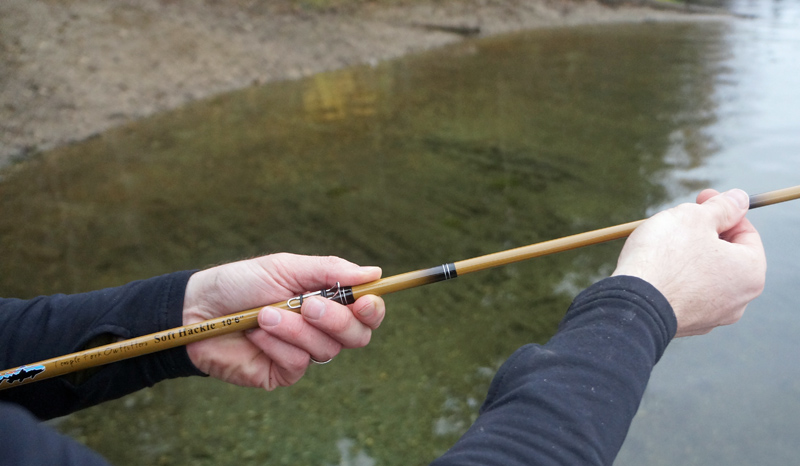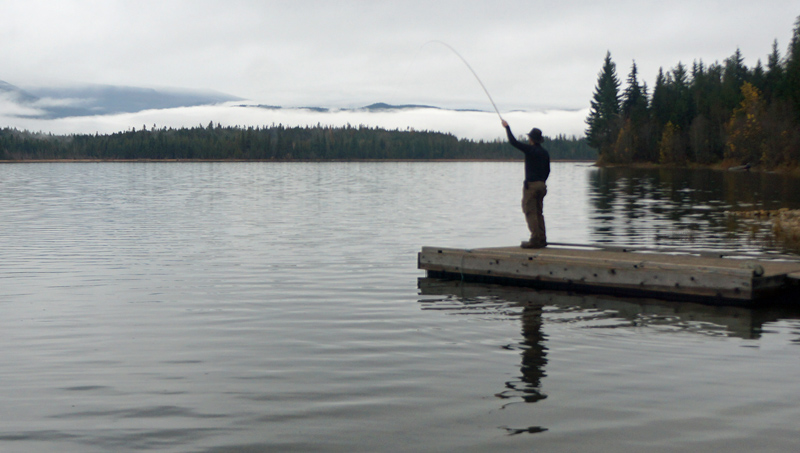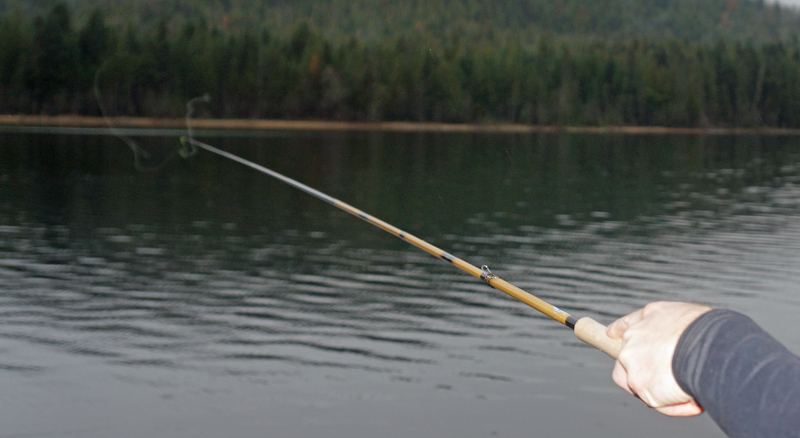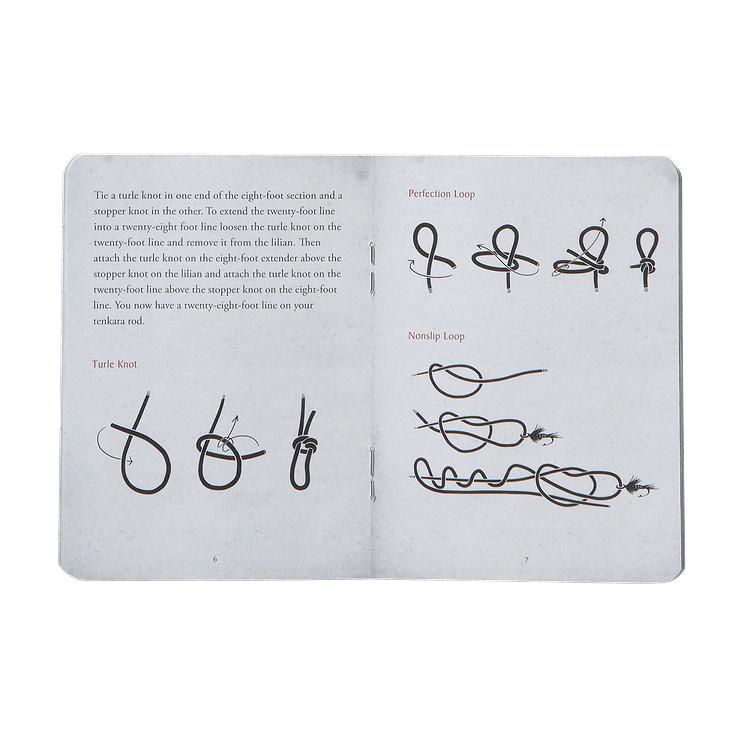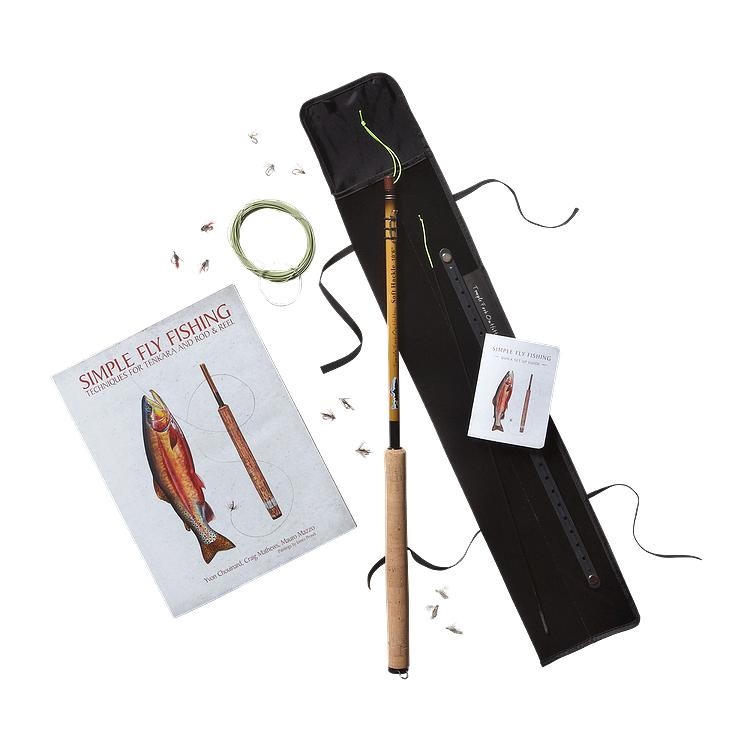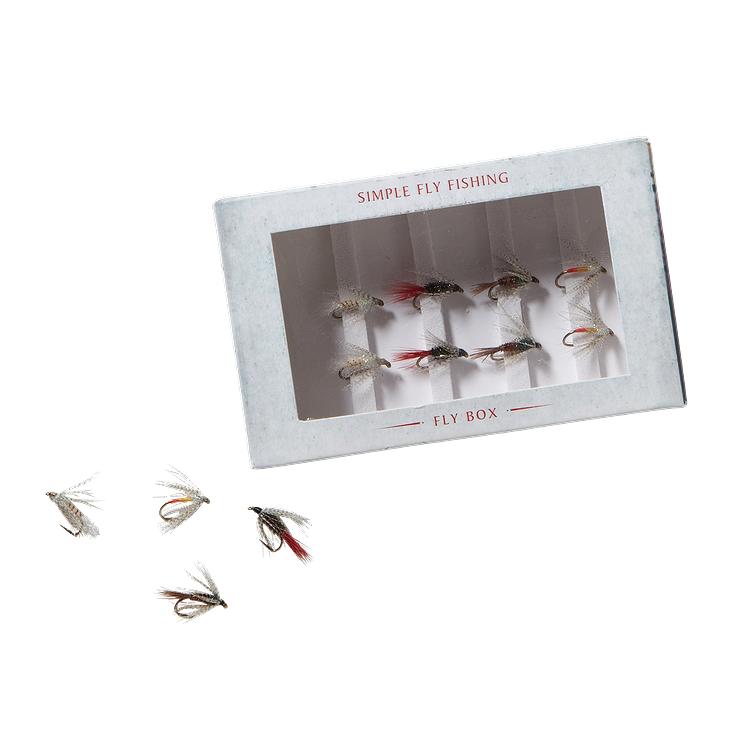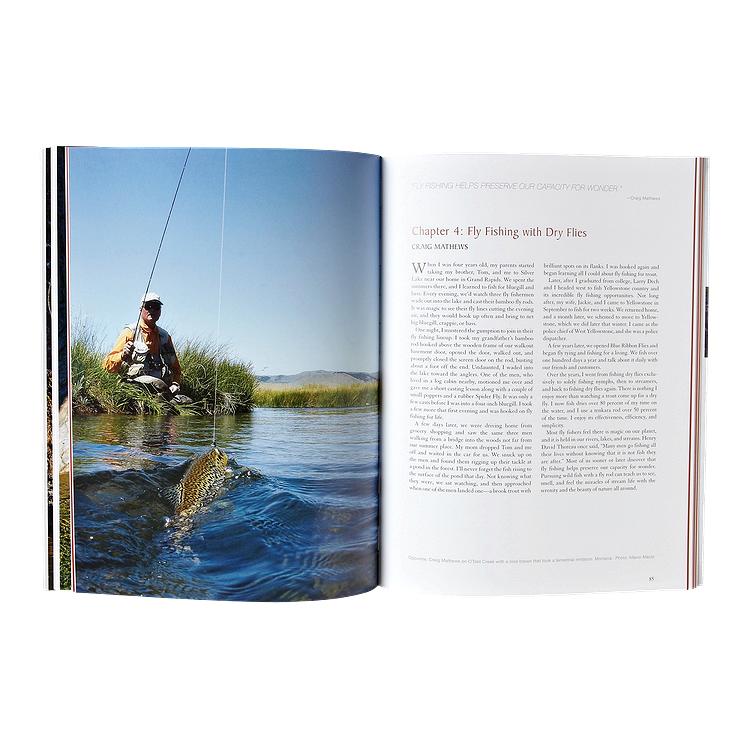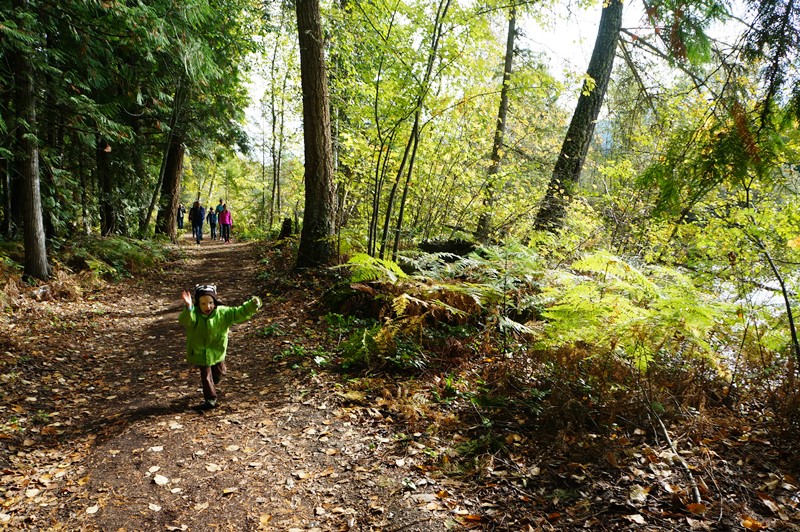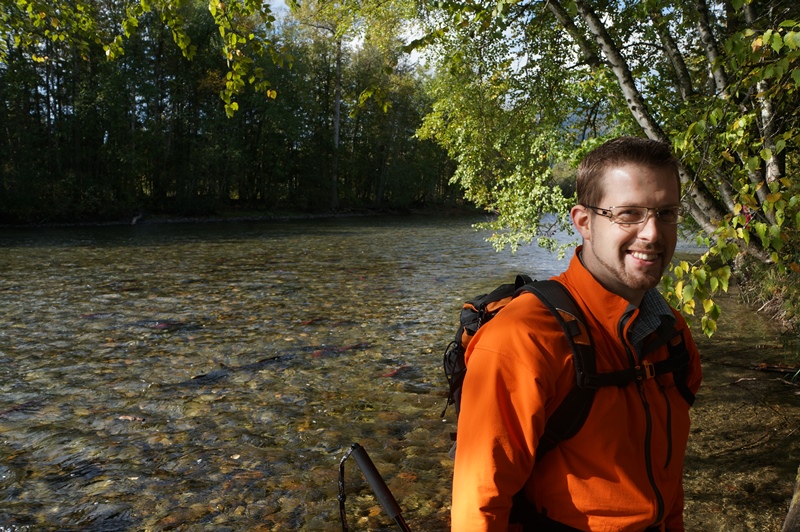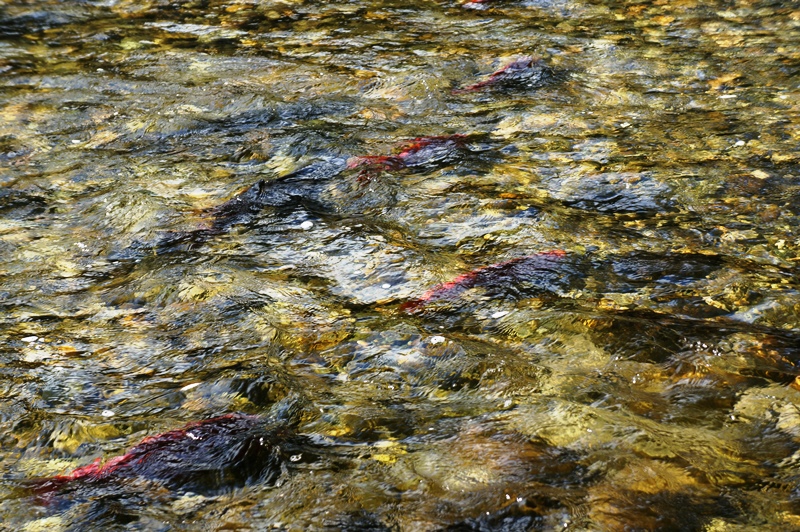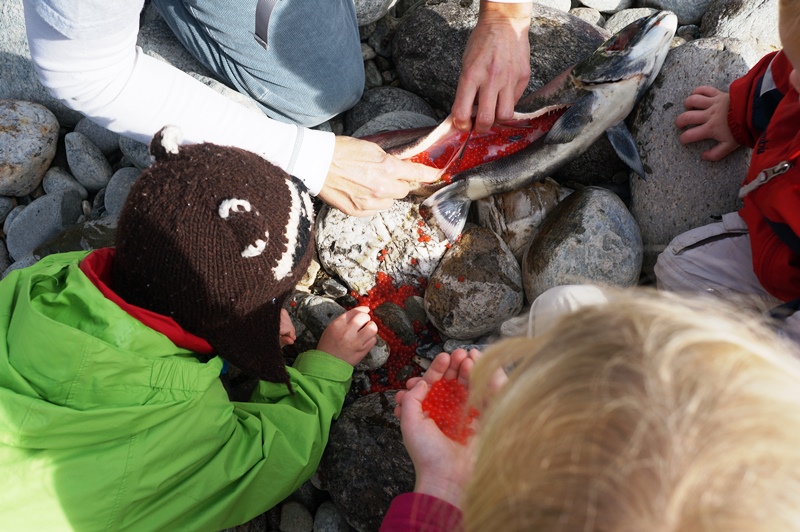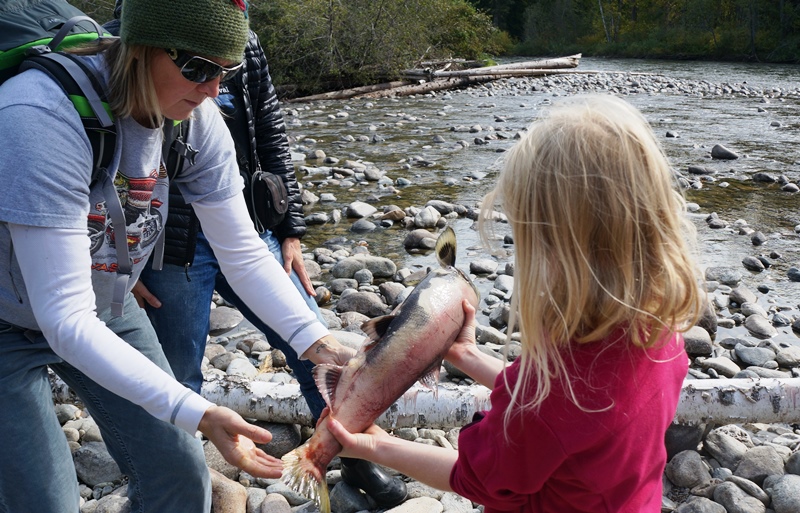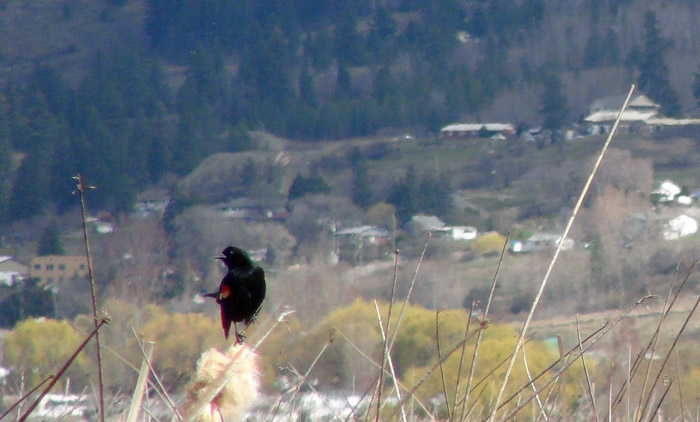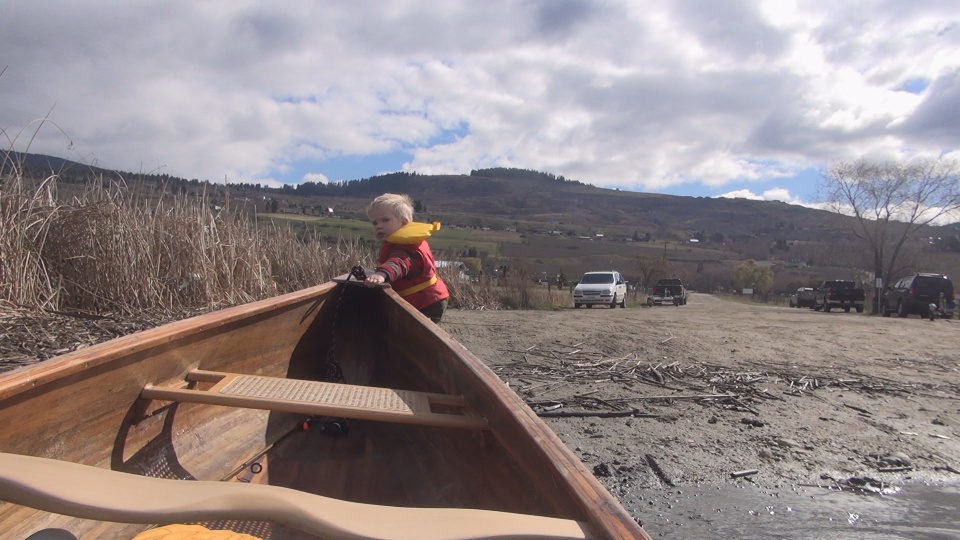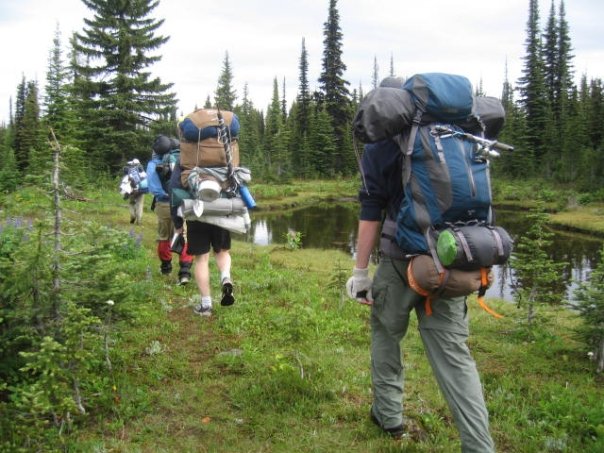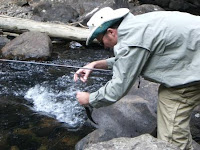It was time for our first father-son backpacking trip. There was a bit of route-finding required. Enjoy part one.
A Paddlers’ Personal Paradise: Murtle Lake, BC
By Naomi Osborn (Ms. Adventure)
Murtle Lake is North America’s largest kayak-and-canoe-only lake. I like that. It’s quieter. It’s safer. It’s cleaner. It’s a little brag-worthy. 🙂
It’s more than that.
Canoeing is to me like slipping into a sanctuary; in pushing off from the shore I can almost feel all the cares and worries wash off my face and drop into perspective below in the deep water.
Life is simplified. Meditation feels easy. Hard work is good. Food tastes better.
We were a bit nervous at first about this trip, though.
After all, the ratio was 2 adults, 3 teenagers, and 4 kids.
There were three canoes, three tents, three nights, three hot dinners to make, three duffle bags jammed full of food and kitchen items alone, and three teenagers with trusting parents waiting for them at home.
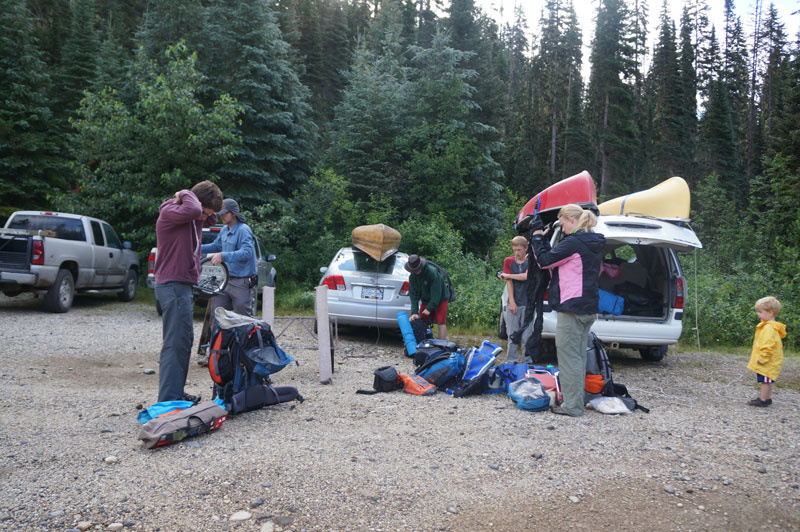
Just one portage and then it’s plain sailing paddling!
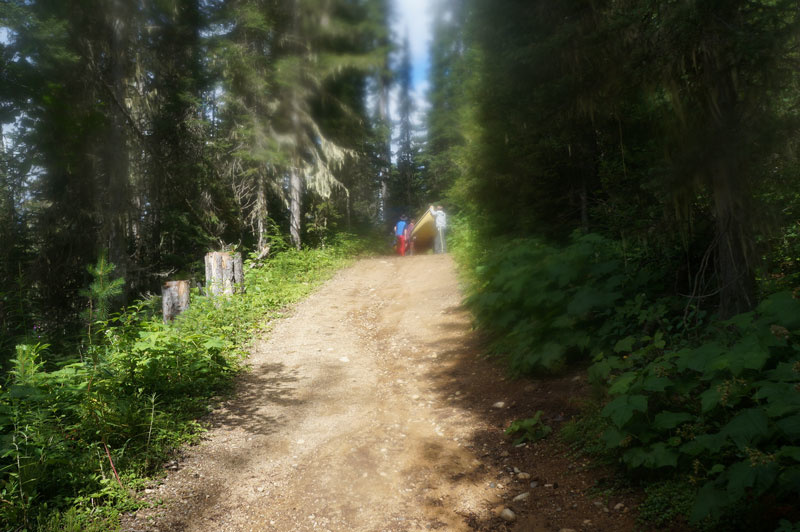
We had paddled just 1.6 KM the first day when we pulled off to the first group site; a storm had billowed up and the lake was choppy. None of us had slept more than 3 hours the previous night, so we just cuddled up and pretended we were Voyageurs under our canoes for the afternoon.
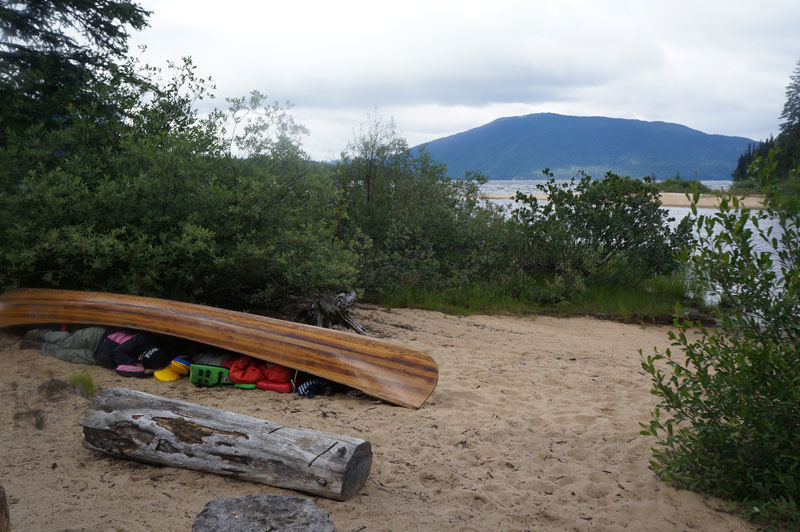
The next day was still peeping around clouds and sighing wind over the waves, but we went 20.5 KM that day.
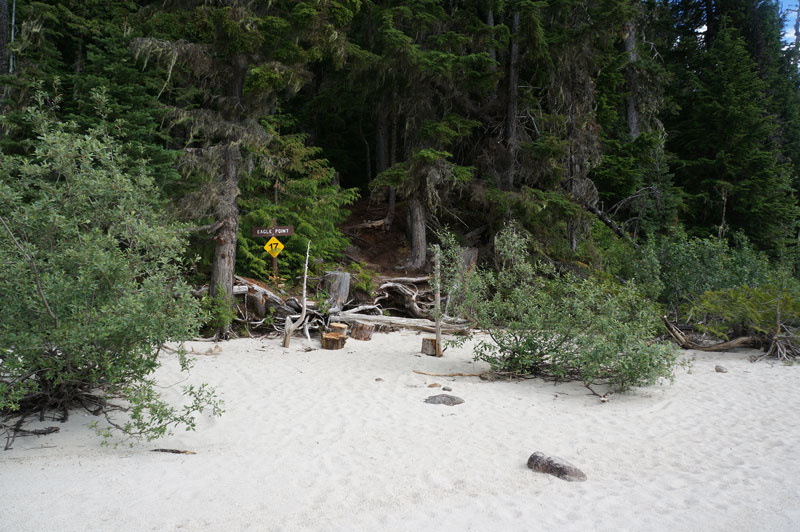
Fresh fried fish and sushi for dinner! And then, for those bold enough to venture not just from city’s shelter, but from the cozy warmth of a well-earned sleeping bag (not me), an endlessly starry sky to feast upon (apparently).
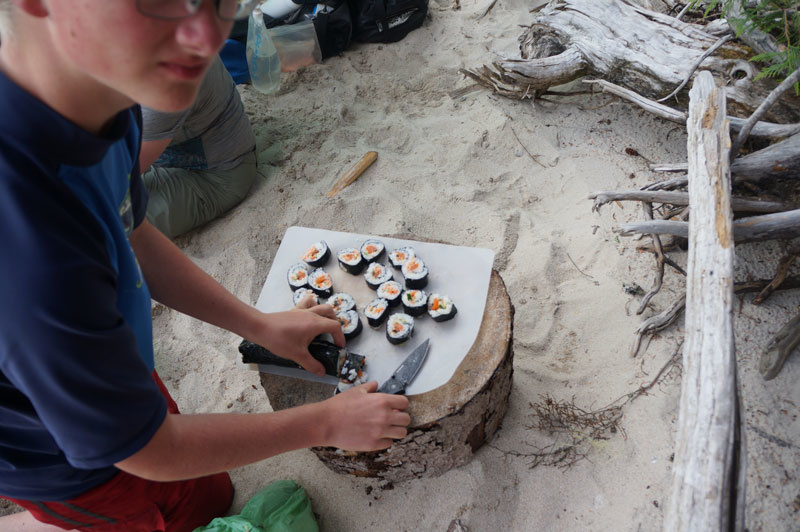
Saturday bloomed beautifully over the glassy mirror of the lake. At the north end of the lake, Murtle Beach, an earnest committee of hungry mosquitoes welcomed us as we celebrated our trip’s halfway point.
While the mozzies snacked on us, we snacked on handfuls of these little wilderness candies:
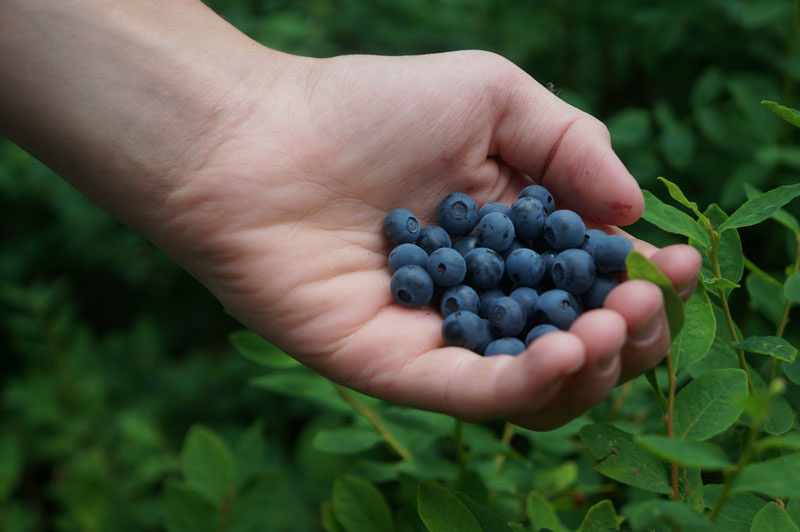
After paddling 23 KM, we made it back to the south end of the lake. Pizza night!
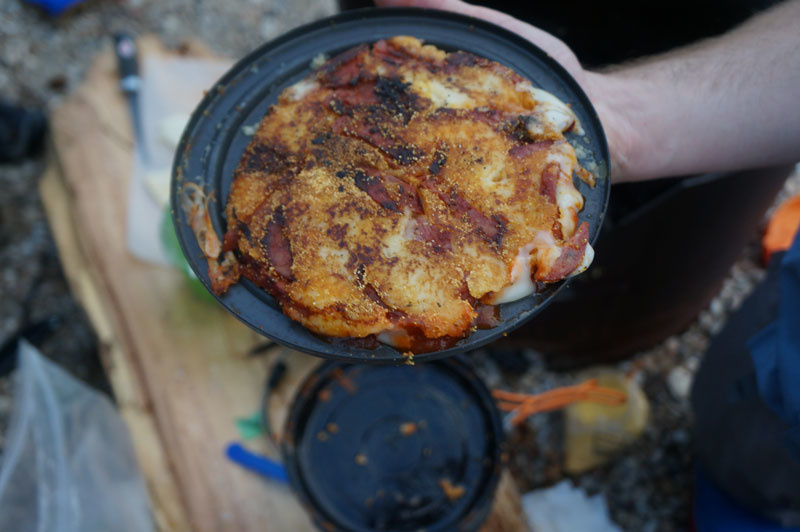
Click here for the recipe! Deconstructed Pizza.
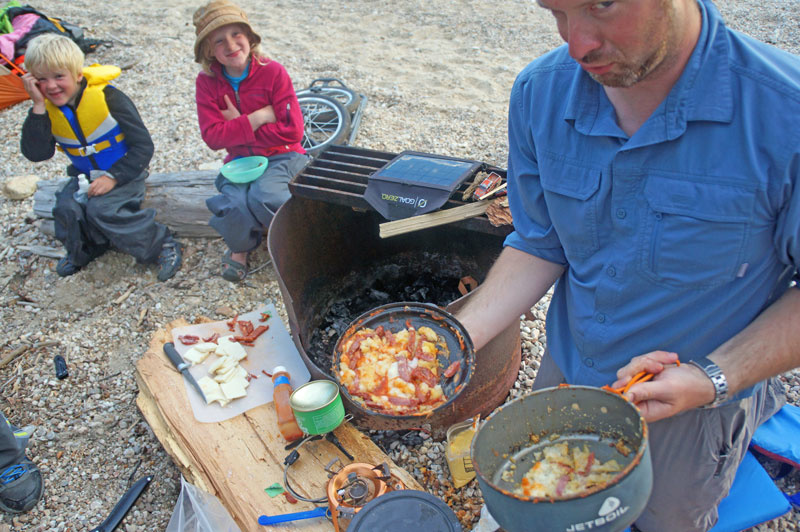
See that photo below? This is real beauty.
Sunday was a leisurely 8 KM back to the launching site, the three food bags emptied, three garbage bags filled, and all the kids accounted for.
While not as carefree as it would have been had we traipsed the lake alone, every ache in my arms felt good, even after all the laundry was done.
Thank you to my kids, especially the oldest, who can now paddle with Daddy in her own canoe. Well done!
Thank you to my other three for enjoying the ride and eating an impressive amount of candy and berries.
Thank you to G, M, and N for joining our family and willingly pulling their own weight at the paddle, portage, tent pitching, and pots and pans!
M – thank you for a perfectly spiced, perfectly crisped trout treat!
G – that portage out was really something. Thank you.
N – Thanks for all the quiet quips! (And for not losing your toe.)
Thank you, too, to the Murtle Lake Park Operators! The campsites are beautifully appointed and idyllically rustic, and the speedboat regularly coming by was a peace of mind for this mama!
Thank you for oohing and aahing over our daughter’s catch!

Our route and camping sites.
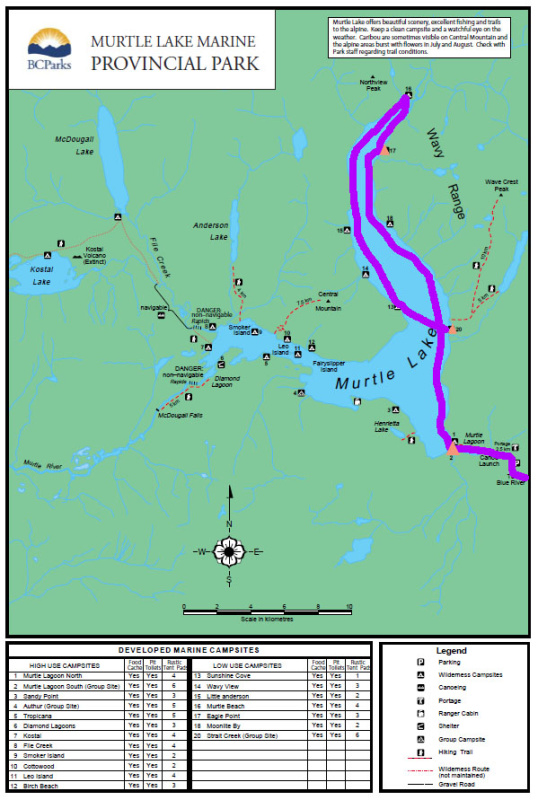
Night 1: Site 2 Murtle Lagoon South. Plenty of sites.
Night 2: Site 17, Eagle Point. Beautiful beach. Great fishing!
Night 3: Site 20, Strait Creek. Pretty crowded.
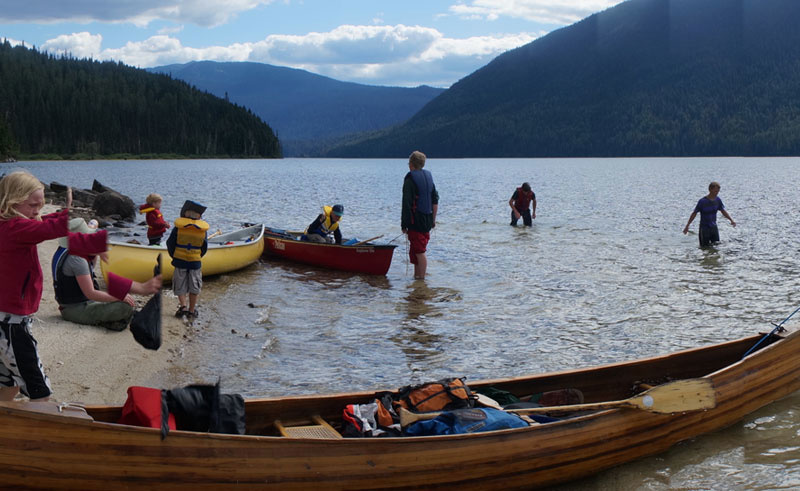
Monday Kids Fishing round-up
Fishing with kids becomes really easy when a) your grandad loves fishing and b) he lives on a lake. When the lake offers an abundance and variety of fish, it makes learning how to fish a blast.
Our Kit
All of our fishing at “grandad’s lake” is catch and release, so we opt for barbless hooks. Fish vary from trout to perch to carp to northern pikeminnow to sunfish to whitefish so we generally opt for smaller (size 10-12) hooks.
Technique varies, but generally involves floats and fishing off the muddy bottom, or just above it when going for perch, trout, sunfish and whitefish.
Bait varies from worms to corn to breadpaste, or a combination of all three.
Our Catch
The great thing about this lake is that there’s almost always something to catch and there’s always something to see (float planes, eagles, ospreys and lots of carp rising). It really is an ideal lake to teach kids to fish in.
Northern Pikeminnow (originally known as Squawfish) are considered coarse fish. They’re native to the Pacific Northwest, but can take over when the ecosystem is suffering. That said, they put up a good fight. They can grow up to 8 lbs (although bigger have been caught).
These fish will go for anything and everything. They tend to swallow the hook, so barbless hooks and a hook remover are important.
Sunfish line the edges of this lake. This one was caught only a couple feet from the dock on a worm. They have tiny mouths and are absolutely stunning to look at.
Here’s a close-up of another one. Carefully with the fins on these!
Here’s a good example of a healthy whitefish. We don’t often catch these in the lake. They will grow up to 5 lbs, with a whopper 15 lber caught out of Lake Ontario back in 1983.
Yes, there are painted turtles in the lake, and yes they have a nasty habit of pinching food off your hooks. We try to be as gentle as we can when letting them off the hook. This one came back twice to the delight of my daughter.
There were many other fish caught on Monday afternoon and many others that got away. Twice carp managed to escape the hook, meaning we have yet to become elite members of grandad’s “Carp Club”.
We did come away with the biggest catch of the day though.
Do you have any childhood memories of fishing? We’d love to hear about them in the comments below.
Tenkara fishing on the John Muir Trail
In 2013 I went backpacking on the John Muir Trail, a beautiful (albeit long) hike through the Sierra Nevada mountain range… and I brought my Tenkara rod.
You can see the rod on the side of my pack in a rod sock (that light brown sleeve).
Tenkara is a simple flyfishing technique originating in Japan. It excels at small streams and is perfect for backpacking due to its lightweight and compact nature. Tenkara rods like mine weigh in at 2.5-3.5 ounces and use only a fixed line that attaches to the tip of the rod.
The rod I bought was an 11′ 6″ Iwana from Tenkara USA.
Enjoy these photos and watch the video below.
Patagonia Tenkara Kit – #Tenkara review
If you spend time in the lightweight backpacking or fly fishing communities, you’ve probably heard of Tenkara. This traditional, Japanese “simple flyfishing” method has been growing immensely in popularity in North America, so much so that Patagonia has brought out their own answer to this by partnering with Temple Fork Outfitters and producing a complete Tenkara kit, designed to give you the gear and instructions to get out and enjoy the magic of fly fishing in mountain streams and lakes.
Patagonia sent me a setup with their 10’ 6” collapsible Tenkara rod to try and test. Let’s look at what’s included and then see what I thought about it. Oh, and take a look at this video of a whirlwind Tenkara backpacking trip I did with the Patagonia setup earlier this year.
Features
- Patagonia branded Temple Forks Outfitters 10’ 6” collapsible Tenakara Rod (also available in X length)
- Weight: 2.5 oz
- Length: 10’ 6”
- Compacted length: 20.5”
- Flor grade cork handle
- Line keeper
- Spare tip and second section
- Accessories
- Rod sock (carrying case) with line holder
- 32’+ Level-floating .027” PVC coated mono core
- Pre-looped 7.5’ 3x tapered leader
- Box of one dozen soft-hackle flies hand tied by the Montana Fly Company, three of each pattern: Mormon Girl, Pheasant Tail, Peacock, and Hare’s Ear; all flies tied on #12 hooks
- Quick setup guide
- Book: Simple Fly Fishing: Techniques for Tenkara and Rod & Reel
- MSRP: $279.85
The original Tenkara method involved horse hair lines and bamboo cane rods, no reel (the line is fastened to the tip of the telescoping rod) and small streams. Fast forward to today and you’ll see that the setup by Patagonia (and Temple Fork Outfitters) differs from that setup, and is more in the vein of modern Tenkara setups offered by other companies.
The Tenkara method is ideal for smaller streams, with its 12 o’clock, 3 o’clock casting, collapsible rod and fixed length, furled line. We won’t focus too much on the method itself in this review, we have a post by Jason Klass on What is Tenkara Fishing? if you’re interested in that.
So, What do we think of Patagonia’s answer to Tenkara?
The 10’ 6” rod is a great length for the beginner Tenkara fisher. The quality rod construction allows for simple extension and collapsing. The extra tip and second section is a nice addition for Tenkara rods, which are incredibly lightweight (2.5 oz), but fortunately I have not needed it.
The rod itself although not astounding in performance serves its purpose well. Experience fly fishers won’t be impressed with the action, but it doesn’t get in the way of presenting the fly or pulling in your typical catch.
Yvon Chouinard added a line holder that you can see I left attached where it is (rather than screw into the base of the rod like recommended for those who desire to take advantage of it). It’s a nice addition and many will find it very useful. I didn’t find it necessary as I could take down the setup and use the line holder on the rod sock.
Patagonia worked with Cortland to develop a PVC mono core floating line specifically for this setup. Typically Tenkara lines are wound lines. This more closely resembles western fly fishing lines, which means different knots for attaching the line to the tip and a heavier cast. If you’re used to the typical western fly fishing methods you’ll feel more at home with this setup, while taking advantage of the simplicity and portability of the collapsible rod and reel-lessness.
Patagonia included a very long (over 32 feet) tenkara line, which I quickly realized was to allow the user to setup two different lines. They recommend a 20 foot line for typical use and 12 for smaller streams. Casting with more than a 20 foot length of the mono core becomes a challenge.
The included box of 12 soft hackle flies should provide you with enough option to entice the fish if you get the presentation correct. It’s a mixture of Mormon Girl, Pheasant Tail, Peacock, and Hare’s Ear flies tied on #12 hooks. While none of these were the traditional reverse hackle flies that are a hallmark of Tenkara, they performed as expected while out in the mountains. You may want to add other flies to the mix, as all do.
The velvet rod sock is everything you’d expect from a rod sock, with the addition of a built in line holder. It will bend if you wind the line tightly around it, but it springs back into shape while fishing. It’s a nice feature for those who don’t want to spend a few dollars on a line holder.
The Simple Fly Fishing book was put together by Yvon Chouinard (founder of Patagonia and enthusiastic fly fisherman), Craig Mathews and Mauro Mazzo, and includes paintings by James Prosek and other photos. Its purpose is to explain fly fishing with a Tenkara slant. It isn’t strictly focused on the techniques unique to Tenkara, but it is a great coffee table book that explains technique and knots and is a pretty, artsy page turner that is easy to read and understand for experienced and beginning fishers alike.
Marketed for a straightforward out-of-box experience, this would make a great gift set with everything you need and a book to get lost in when you can’t get out on the fly. The MSRP is high (at $280), and a kit could be put together for a lower price.
In Conclusion
The Patagonia Tenkara Kit offers everything you’ll need to make your entrance into fly fishing. While not strictly “traditional” as far as Tenkara goes, it is a fully functioning kit that you can slide into your backpack (sans book) and take to that mountain stream or lake for a relaxing and simple Tenkara experience. You can’t beat the easy and simplicity of Tenkara, and one thing is sure, Patagonia’s entrance into this market signals Tenkara coming to the mainstream. If you take the time to learn how to use the kit, with a bit of practice you’ll experience success and understand why Tenkara is growing in popularity.
Everyday Men’s shirts by Eddie Bauer
As a family, we made it a decision to have less, but better quality clothing. Rather than having 10-15 shirts that I’m replacing often, I’ve opted for 3 to 5 higher quality shirts that will largely outlast the low-quality shirts I tended to buy in the past. That approach to any clothes or gear (less, but higher quality) will pay dividends in long term savings. 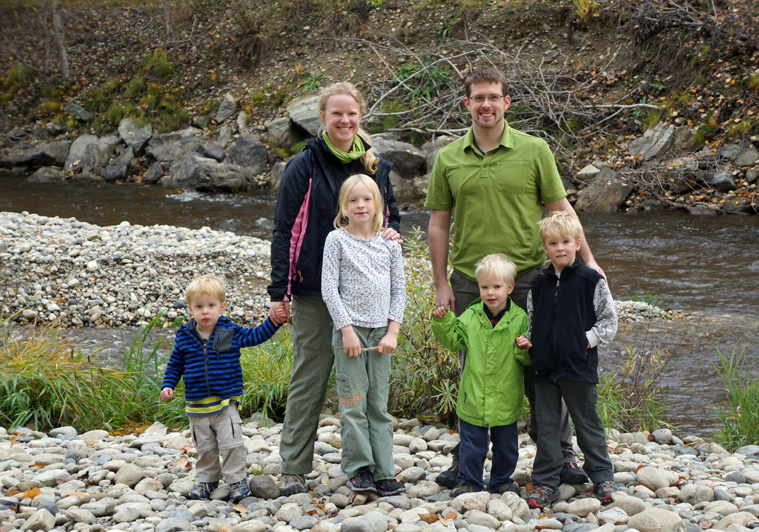 On that note, I’ve had the pleasure of trying out a few pieces from Eddie Bauer that look great at the office, but can handle a bit of shop work, a day hike or a ride in the park. The two pieces I want to feature are Eddie Bauer’s Signal Polo shirt, and the Classic Fit On the Go Poplin Shirt. Let’s look at the features of each and talk a bit about how they performed.
On that note, I’ve had the pleasure of trying out a few pieces from Eddie Bauer that look great at the office, but can handle a bit of shop work, a day hike or a ride in the park. The two pieces I want to feature are Eddie Bauer’s Signal Polo shirt, and the Classic Fit On the Go Poplin Shirt. Let’s look at the features of each and talk a bit about how they performed. 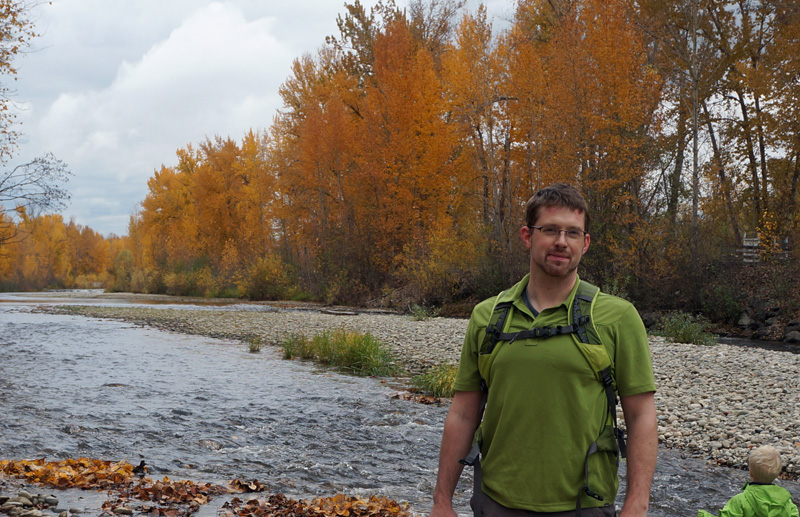 Men’s Signal Polo Shirt Features:
Men’s Signal Polo Shirt Features:
- Fabric: Lightweight Polyester blend
- Comfortable, textured small-grid backing
- FreeDry Technology
- Freeshade UPF 20 UV protection
- Hidden chest zip pocket
- MSRP: $50 (On sale for $24.99)
The Signal is a straightforward, two-button polo. The textured small-grid backing is designed to keep the lightweight polyester blend from clinging to your skin as well as prevent the potential discomfort faced by some polyester fabrics. Being polyester, it offers a quick dry feature, meaning that it will do double duty and dry quickly if you’re up for a bit of activity or just get caught in the rain. That said, I didn’t face any odor build up that accompanies non-technical synthetics.
The only real feature is a chest pocket that is hidden by a seam. It’ll hide a few credit cards. ID and spare cash if you’re out doing the tourist thing. I don’t find I use it much, but it’s a good feature to have if you’re leaving the wallet behind.
The Signal Polo is a straightforward polo that offers the quality construction and stylish fit expected from Eddie Bauer. It isn’t a true technical top, but it doesn’t pretend to be. It’s a great top for your 9 to 5, with the ability to perform serve double duty on a day hike, bike ride and exotic travel adventures.
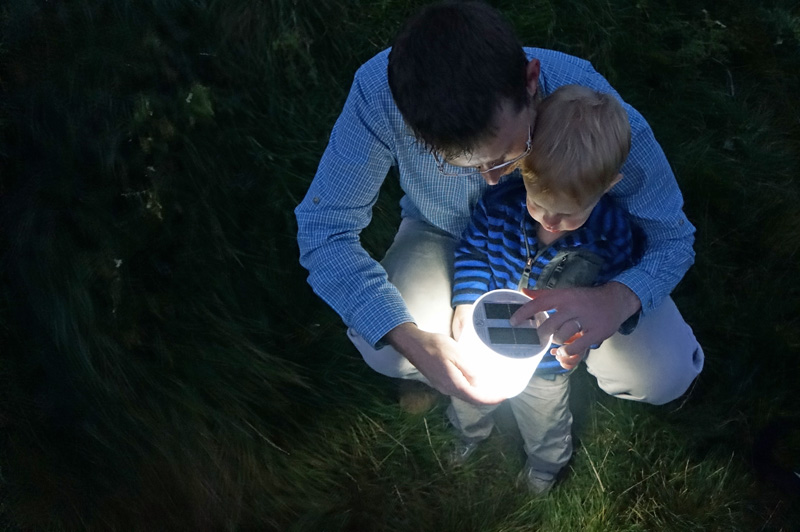 Men’s Classic Fit On the Go Poplin Shirt Features:
Men’s Classic Fit On the Go Poplin Shirt Features:
- 54% cotton/46% polyester
- FreeDry™ exclusive moisture management technology
- Wicks moisture. Dries faster
- Hidden secure chest pocket
- Lightweight, easy–care, packable
- Machine washable
- MSRP: $70 (on sale for $19.99)
This is probably my favourite shirt for a couple reasons: First of all, despite wearing it 1-2 times a week, it still looks like new after six months. It has stood the abuse of four kids hanging off me, workshop projects, and fishing at the lake. 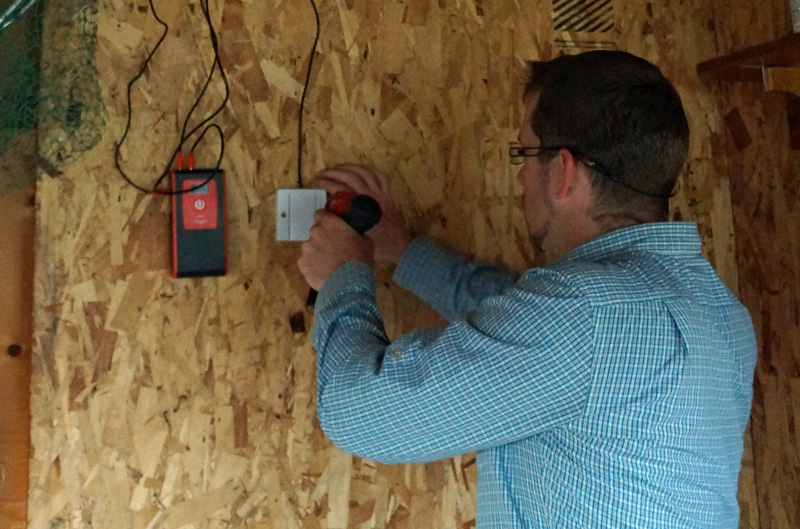
It’s a long sleeve shirt, but you can roll the sleeves up and button them in place for when you need to get a job done, or when you just want to play with the kids. There’s a great hidden Velcro pocket hidden inside the shirt, behind the chest pocket. It’s perfect for light pocketables and perfect for doing the market thing when you’re travelling abroad. The Velcro on the hidden pocket can chafe if you’re not wearing an undershirt, but who doesn’t wear an undershirt?
I always get complements on this shirt (and not just from my wife!). It has a higher price tag than I’m use to paying, but with Eddie Bauer’s quality build, I’ve already seen that it is going to last, and look good too!

What do you think? Do you find yourself wearing technical clothes to work or work clothes while working on projects? What’s your favourite go-to shirt in your closet?
Adam’s River Sockeye Run 2014
Last weekend we headed out to Roderick Haig-Brown Provincial Park in the Shushway area of BC, Canada to watch the 2014 Sockeye run.
The park has several trails that meander along the Adam’s River, offering many options to see the remarkable red fish splashing up the river in pursuit of their spawning grounds.
The word Sockeye apparently comes from the First Nation word Sau-Kai meaning Chief – most likely a reference to the large hump on the back of the males.
The Sockeye return every 4 years, changing the river from it’s demure brown to a crimson red colour. When we were there, only about 5% of the expected run was there, and despite that, it was remarkable.
We stopped for lunch on the river and happened across a dead female and a teacher and student from the University of Victoria. These self professed “nerds” were quick to turn the adventure into an awesome learning experience for the kids. The kids were enthralled with what they learned and were delighted to hold the salmon roe.
After the crowd of kids started to disperse, my daughter got the prized job of returning the sockeye to the river where it could give back to the riparian zone that it had returned to after all those years.
If you haven’t seen the sockeye run, there are a few more weeks to do so. Check out your local parks to find out more, or if you want the trip, head out to Roderick Haig-Brown Provincial Park to see it for yourself.
We’d love to head back in a few weeks when the run is at its peak and get even more video of this amazing sight.
Testing out our Cedar Strip Canoe
About a month ago I purchased my first canoe. Don’t get me wrong, I’ve canoed since I was a kid (and took two of my kids on the Bowron Lakes last summer), I’ve just never had my own canoe.
I saw a good deal on a project cedar strip canoe online and snapped it up the next day. It needs a bit of work, but it’s lake worthy as is. So, I had to try it out with one of my kids.
Unfortunately, the lake where we planned to go fishing was still covered with ice, so we traveled half an hour down the road to a slightly lower puddle that we knew was navigable and went for a paddle for a couple hours.
Armed with snacks, hot tea and no expectations, the absence of fish was a fact unnoticed by my 3-year-old. We were surprised by Herons, Canada geese, a loon, red-winged black birds, and even an airplane performing acrobatic tricks.
It was relaxing to get out, enjoy some quality time with my boy and get the rods wet after a winter off.
Take a look at the short video of the adventure below and let me know what you prefer: row boat, canoe, kayak, motor boat, or?
The Best Fishing Rod for Backpacking?
A couple years back I came across a traditional Japanese form of fly fishing called “Tenkara”. I even got Jason Klass (then of www.geartalkwithjasonklass.com) to put together this article on Tenkara 101 for Backpackers. As a backpacker who loves fishing, but doesn’t like loading down his pack with tackle I knew that one day I would be investing in a Tenkara set up.
Fast forward to this winter when the Tenkara Iwana rod came on sale for $100. In it went to the shopping cart and out came my credit card. After adding a traditional style Tenkara line, line holder and tippet spool the total jumped to about $160 and I was set.
Why did I go Tenkara?
First I recommend you check out the article Jason Klass put together for me “Tenkara 101” to understand the concept better.
As a backpacker I’ve always been intrigued at what lies in small streams. I remember as a kid pulling out 6-8 inch trout out of streams with simple tackle.
When I moved to backpacking I struggled to find something simple and lightweight for mountain streams and lakes.
I tried fly fishing for a while, but found that it was a lot of gear whose weight added up. Also, in the high country I rarely of ever needed all that line to catch a fish. In the end, I settled on a telescopic spinning setup that I used with a float and fly, but that too was not particularly light weight. I like the telescopic setup, but I prefer the simplicity of fly fishing. Tenkara was just the perfect fit for me… or seems to be.
The Iwana is a collapsible fly rod that weighs only 2.5 ounces. Yes, it only weighs 2.5 ounces. There is no reel, just a line and tippet. It’s versatile enough for small to medium streams, as well as shore fishing on mountain lakes and packs down very small. I only need a dozen flies or so and a roll of tippet. That’s it. It’s the simplest and lightest setup that I have.
Take a look at the video below and let me know: Do you fish when you backpack? What do you bring? Have you tried Tenkara?
What is Tenkara Fly Fishing? (Jason Klass)
A while back I got in touch with Jason Klass of Tenkara Talk. As can be guessed by the name of his site (and previous projects like Gear talk with Jason Klass, he’s an outdoor aficionado with a passion for fishing. He kindly agreed to put together an article about Tenkara’s line of backpacking fly fishing rods. I’ll let him take it from here:
Tenkara rods are telescopic and this is probably the greatest advantage for the backpacker. For one, all the segments collapse in on each other and seal with an end plug. The rod itself essentially becomes its own protective case so there’s no need carry a bulky, heavy case. This on only saves weight, but when closed, the rods are extremely compact and will easily fit in the side pocket of your pack.
I like to take advantage of fishing opportunities along the trail on my way to camp and Tenkara rods give the backpacker another advantage: quick deployment. You can literally grab the rod from your side pocket, extend it, and be fishing in a minute or two without having to worry about rod sections lining up, the reel, the leader, etc. I’ve lost many fishing opportunities because it took me too long to get my Western fly rod set up.
By now you might be wondering how you would catch that trout in the middle of the lake that’s 70 ft. away if you’ve only got an 11 ft. rod with an 11 ft. line. The answer is simple. You can’t. Well, actually you could if you waded out there. It’s important to keep in mind that Tenkara fishing is not meant for distance. It’s meant for small streams and to be a simple technique that connects you more to the stream and the fish, rather than your equipment. If you backpack near streams and small ponds or lakes, Tenkara is perfect. If you need to cast 80 ft and fish in 20 ft. of water, not so much.
 The Outdoor Adventure Giving you tips, tricks & recommendations to help make adventuring in the Outdoors fun, safe & exciting for you and your kids.
The Outdoor Adventure Giving you tips, tricks & recommendations to help make adventuring in the Outdoors fun, safe & exciting for you and your kids.

